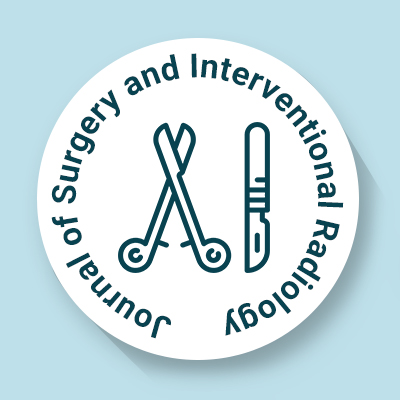
Journal of Surgery and Interventional Radiology
OPEN ACCESS

OPEN ACCESS
.jpg)
Wound healing is a complex, multistage biological process involving haemostasis, inflammation,proliferation, and remodelling. Chronic wounds, such as diabetic foot ulcers, pressure sores, andvenous leg ulcers, often stall in this cascade due to persistent cellular dysfunction, resulting inprolonged morbidity and significant healthcare burdens. Conventional treatments largely providesymptomatic relief without addressing the underlying biological impairments. This mini-reviewcritically evaluates recent pharmaceutical innovations designed to target specific molecularmechanisms that enhance wound repair and tissue regeneration. A focused analysis of preclinicaland clinical studies highlights promising strategies including growth factors (e.g., PDGF, VEGF) thatstimulate fibroblast activation and angiogenesis; bioengineered skin substitutes and stem cell-basedscaffolds that support re-epithelialization and extracellular matrix remodelling; and nanocarriersystems that enable targeted, controlled drug delivery with reduced systemic toxicity. Additionally,gene and RNA-based therapies show potential in modulating wound microenvironments by restoringdisrupted signalling pathways, while smart dressings incorporate responsive biomaterials to allowprecise, environment-triggered drug release. These emerging approaches collectively offer targeted,effective solutions for managing complex wounds. However, their successful clinical translationnecessitates interdisciplinary collaboration, regulatory oversight, and efforts to improve affordability,accessibility, and long-term safety across diverse healthcare settings.